-
 UV11W High-efficiency Intelligent UV Water Sterilizer Cat:Ultraviolet Water Sterilizer
UV11W High-efficiency Intelligent UV Water Sterilizer Cat:Ultraviolet Water SterilizerThe UV11W High-efficiency Intelligent UV Water Sterilizer is an advanced water purification system that offers convenience and reliability. This steri...
See Details -
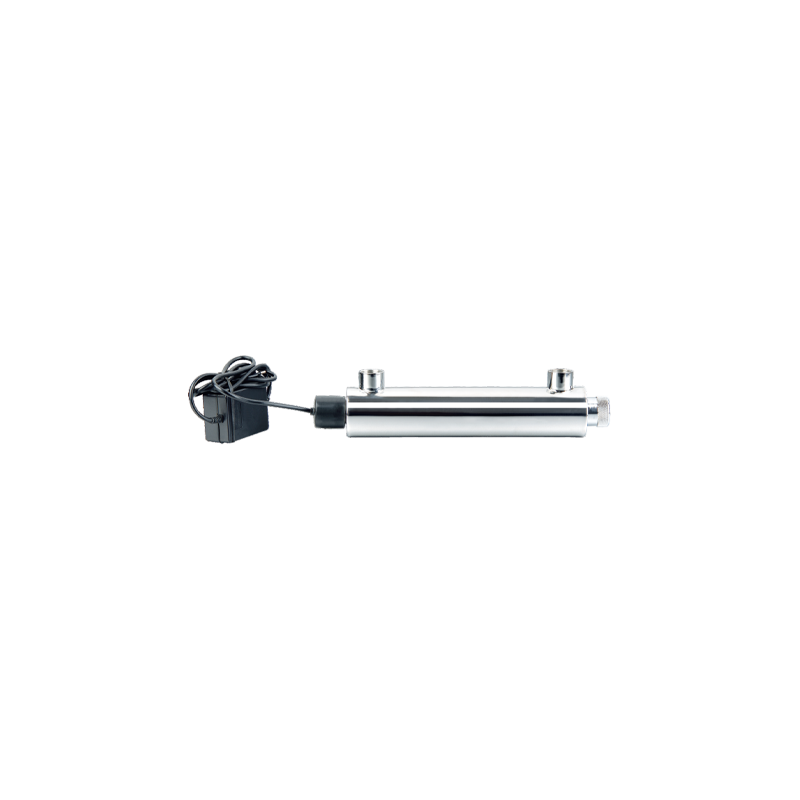 UV16W-A Household Stainless Steel UV Water Sterilizer Cat:Ultraviolet Water Sterilizer
UV16W-A Household Stainless Steel UV Water Sterilizer Cat:Ultraviolet Water SterilizerThe UV16W-A Household Stainless Steel UV Water Sterilizer is an innovative solution for ensuring safe and pure water in your home. Designed with durab...
See Details -
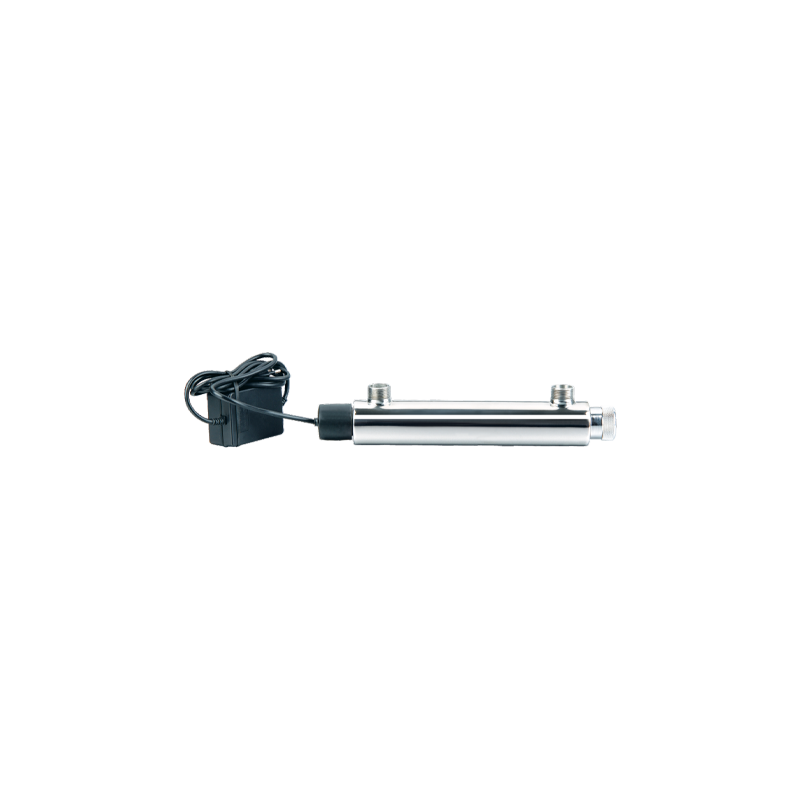 UV16W-B 304 Stainless Steel Water Purifier Ultraviolet Water Sterilizer Cat:Ultraviolet Water Sterilizer
UV16W-B 304 Stainless Steel Water Purifier Ultraviolet Water Sterilizer Cat:Ultraviolet Water SterilizerUV16W-B 304 Stainless Steel Water Purifier Ultraviolet Water Sterilizer is an efficient water treatment equipment based on advanced ultraviolet disinf...
See Details -
 UV25W Stainless Steel Ultrafiltration Pre-Filtration UV Sterilizers For Water Cat:Ultraviolet Water Sterilizer
UV25W Stainless Steel Ultrafiltration Pre-Filtration UV Sterilizers For Water Cat:Ultraviolet Water SterilizerUV25W Stainless Steel Ultrafiltration Pre-Filtration UV Sterilizers For Water uses high-quality stainless steel materials, which have superb corrosion...
See Details -
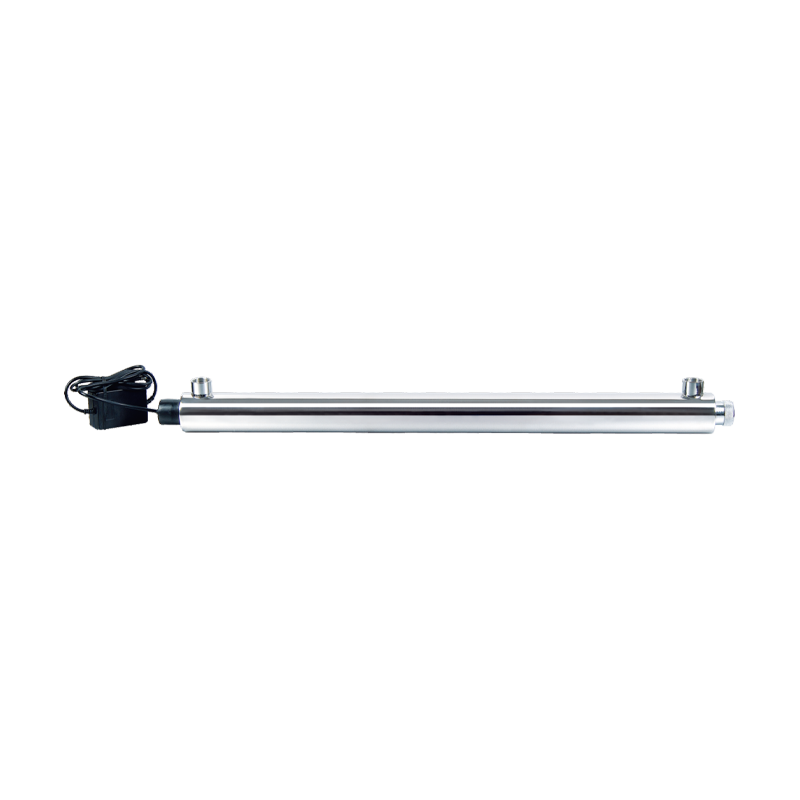 UV30W-55W Automatic Ultraviolet Sterilizer UV Filtration For Drinking Water Cat:Ultraviolet Water Sterilizer
UV30W-55W Automatic Ultraviolet Sterilizer UV Filtration For Drinking Water Cat:Ultraviolet Water SterilizerThe core advantage of UV30W-55W Automatic Ultraviolet Sterilizer UV Filtration For Drinking Water lies in its efficient and rapid disinfection capabil...
See Details -
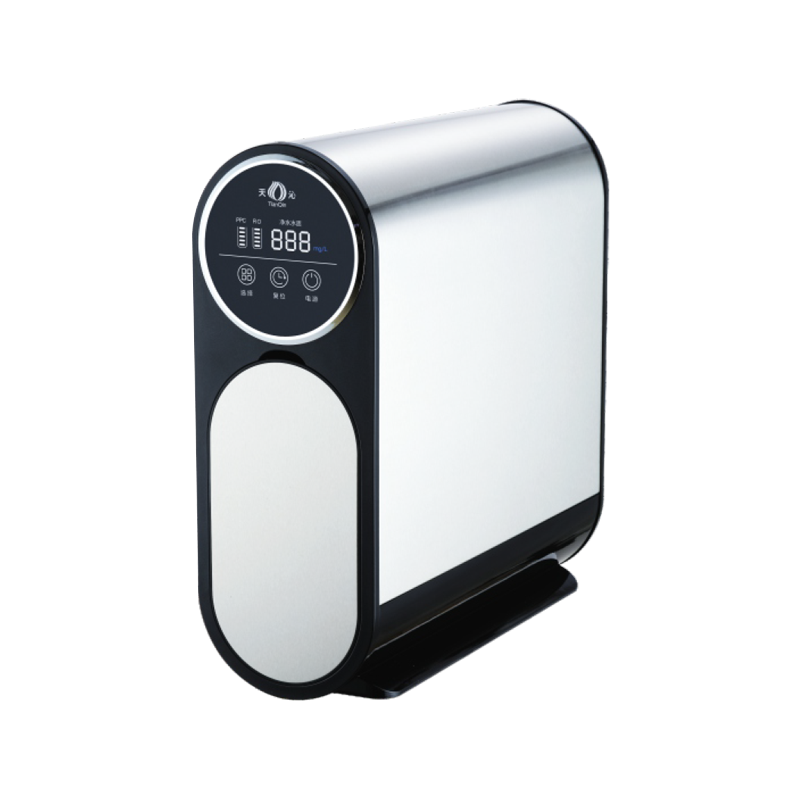 TQ-R03 Stainless Steel Booster Double Water Full Effect RO Water Purifier Cat:Stainless Steel Ro System
TQ-R03 Stainless Steel Booster Double Water Full Effect RO Water Purifier Cat:Stainless Steel Ro SystemTQ-R03 Stainless Steel Booster Double Water Full Effect RO Water Purifier is a household water purification device that combines efficient water purif...
See Details -
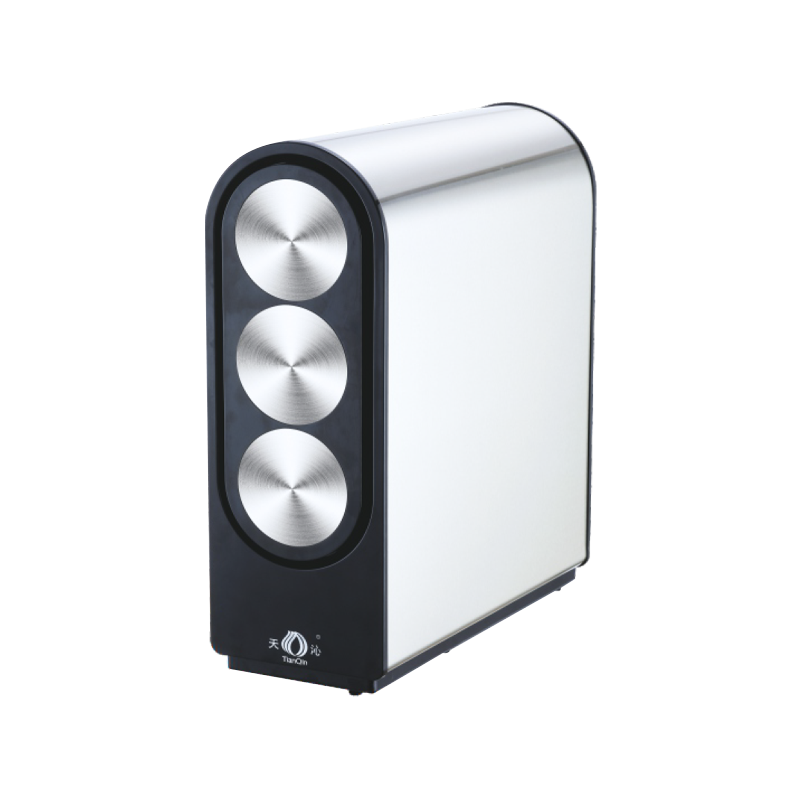 TQ-R05 Multifunctional Water Purification Source RO Water Purifier Cat:Stainless Steel Ro System
TQ-R05 Multifunctional Water Purification Source RO Water Purifier Cat:Stainless Steel Ro SystemThe TQ-R05 Multifunctional Water Purification Source RO Water Purifier is an advanced, versatile water purification solution designed for households a...
See Details -
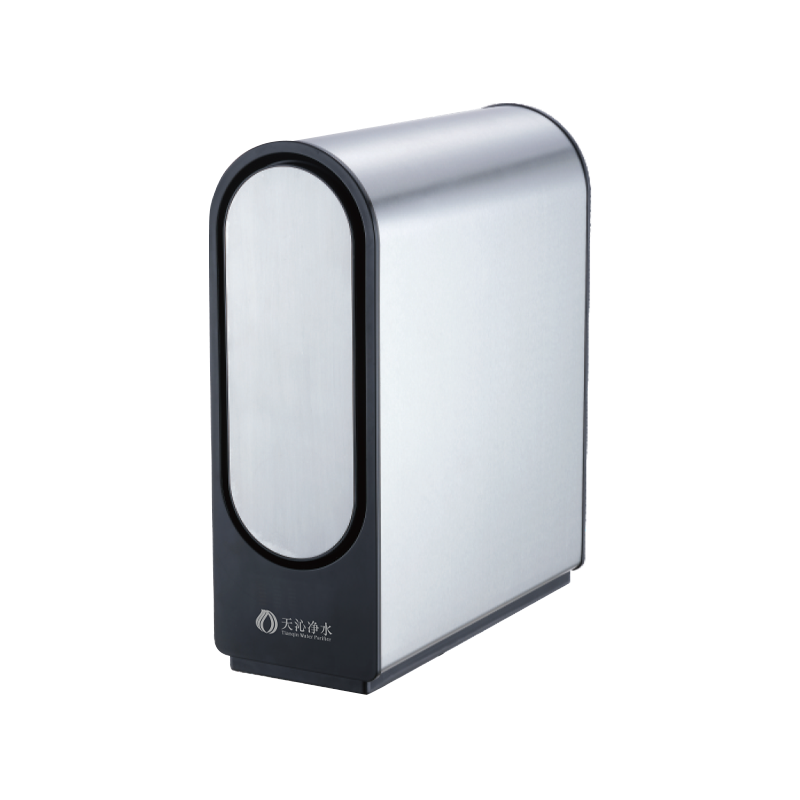 TQ-R06 Stainless Steel Environmentally Friendly RO Water Purifier Cat:Stainless Steel Ro System
TQ-R06 Stainless Steel Environmentally Friendly RO Water Purifier Cat:Stainless Steel Ro SystemThe TQ-R06 Stainless Steel Environmentally Friendly RO Water Purifier combines advanced RO filtration technology, durable stainless steel housing, and...
See Details -
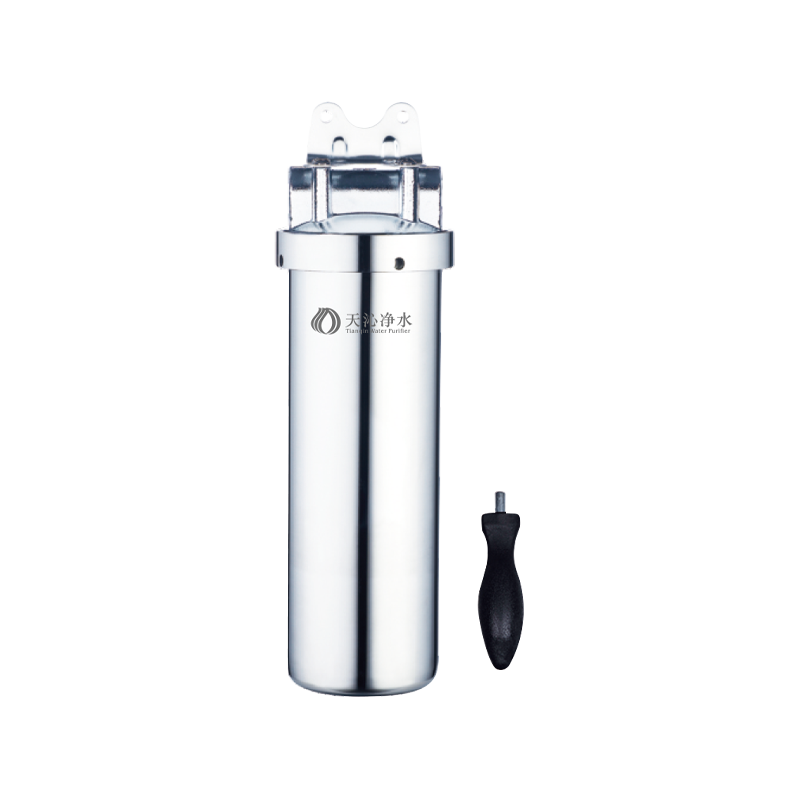 Stainless Steel Pure Double Water Pipe Water Purifier Cat:Stainless Steel Pipeline Water Purifier
Stainless Steel Pure Double Water Pipe Water Purifier Cat:Stainless Steel Pipeline Water PurifierThe Stainless Steel Pure Double Water Pipe Water Purifier is an advanced water purification system designed to provide dual-mode purified water with e...
See Details -
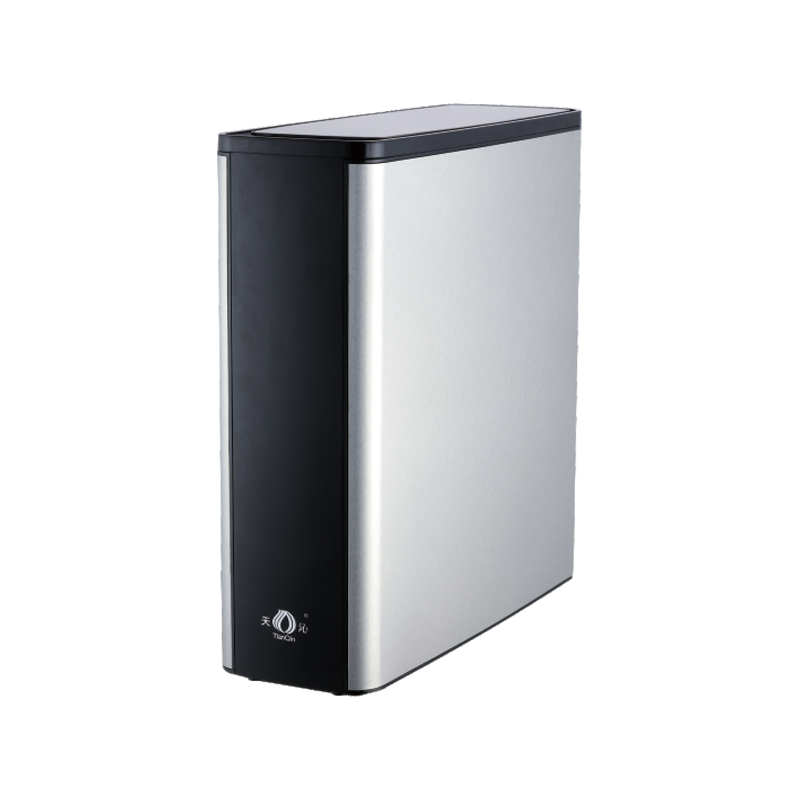 TQ-R08 Stainless Steel High-Flow RO Water Filter Cat:Stainless Steel Ro System
TQ-R08 Stainless Steel High-Flow RO Water Filter Cat:Stainless Steel Ro SystemThe Stainless Steel High-Flow RO Water Filter (TQ-R08) provides a powerful and effective solution for purifying drinking water, combining advanced rev...
See Details
How do water purifiers effectively remove harmful substances from water?
In modern society, water pollution is an increasingly serious problem, and water quality is directly related to public health. Even after treatment, tap water may still contain a variety of harmful substances, such as heavy metals, bacteria, viruses, and chemical contaminants. These contaminants not only affect the taste of the water but can also cause health problems. Therefore, how to effectively remove harmful substances from water and ensure the safety of drinking water at home has become a key concern for many families. As a key device for household water purification, water purifiers use a variety of advanced water purification technologies to effectively remove harmful substances from water, ensuring clean and healthy water quality.
Content
The Technical Principles of Water Purifiers for Effective Harmful Substance Removal
The core function of a water purifier is to utilize advanced technology to remove various harmful substances that may be present in water. Common water purification technologies include activated carbon filtration, reverse osmosis (RO), ultraviolet (UV) disinfection, and ultrafiltration (UF), each providing different filtration effects for different pollutants.
Activated Carbon Filtration Technology
Due to its extremely high surface area and strong adsorption capacity, activated carbon is widely used in water purifiers, particularly for removing organic matter, odors, and residual chlorine from water. Activated carbon physically adsorbs harmful substances such as chlorine, odors, pesticides, and chemical solvents, improving the taste and odor of the water.
Activated carbon filters are less effective at removing bacteria, viruses, and heavy metals from water. Therefore, they are typically used as pre-filtration to remove most organic matter, chlorine, and certain dissolved chemicals. For heavy metal and microbial removal, activated carbon is often used in combination with other technologies.
Reverse Osmosis (RO) Technology
Reverse osmosis is one of the most advanced water purification technologies currently available. Its high-precision membrane system can remove most contaminants from water. The pore size of the RO membrane is only 0.0001 micron, effectively filtering out harmful substances such as heavy metals, bacteria, viruses, suspended solids, and chemical solvents. RO technology is highly effective at removing dissolved salts, heavy metals, organic matter, and microorganisms from water, making it the preferred choice for many household water purification systems.
Reverse osmosis (RO) technology uses pressure to force water molecules through a membrane, while contaminants are trapped outside. RO water purifiers are highly effective, effectively removing most contaminants from water and are particularly suitable for areas with poor water quality and high levels of heavy metals. It's important to note that RO technology removes minerals from water, so some RO water purifiers are equipped with mineralizing filters to restore beneficial minerals such as calcium and magnesium.
Ultraviolet (UV) Disinfection Technology
UV disinfection is a highly effective water disinfection method that uses short-wave ultraviolet radiation to destroy the DNA structure of bacteria and viruses in water, effectively eliminating pathogens. UV disinfection does not use any chemicals, leaving no harmful residues, and the process is rapid and efficient.
UV technology is highly effective at removing bacteria and viruses, making it particularly suitable for drinking water disinfection. Ultraviolet disinfection is often combined with other technologies to create a multi-faceted water purification solution, ensuring that the water source is free of harmful microorganisms and other chemical contaminants.
Ultrafiltration (UF) Technology
Ultrafiltration is a filtration technology that filters large molecules from water. It is primarily used to remove suspended matter, colloids, bacteria, and other small impurities. The pore size of an ultrafiltration membrane is generally around 0.01 microns, making it slightly less precise than reverse osmosis membranes. However, it effectively retains minerals in the water and does not require pressure.
Ultrafiltration technology is characterized by its ability to remove bacteria and most suspended matter from water, but is less effective at removing harmful dissolved substances such as heavy metals. Therefore, it is typically used in homes with clearer water sources and fewer contaminants. For more complex or heavily polluted water, RO or UV technology can be combined.
How do water purifiers effectively remove harmful substances from water?
Ultrafiltration uses the various water purification technologies mentioned above to effectively remove a variety of harmful substances from water, providing safe and healthy drinking water for families. The following is a detailed analysis of how different water purification technologies remove specific contaminants from water:
1. Heavy Metal Removal: Heavy metals (such as lead, mercury, and arsenic) are the most common harmful substances found in water pollution. Long-term consumption of water containing heavy metals can lead to poisoning, kidney damage, and other problems. Reverse osmosis technology is particularly effective in removing heavy metals, effectively filtering dissolved salts, heavy metals, and other chemical contaminants from water. Ultrafiltration, while capable of removing larger particles and bacteria, is less effective in removing heavy metals.
2. Bacteria and Viruses Removal: Bacteria, viruses, and other microorganisms in water are the main causes of waterborne diseases. Ultraviolet disinfection uses ultraviolet light to destroy microbial DNA, inhibiting their growth and reproduction, effectively disinfecting bacteria and viruses in water. UV disinfection is often used in conjunction with other filtration technologies (such as RO and activated carbon) to achieve more comprehensive water purification results.
3. Organic Contaminant Removal: Organic contaminants such as pesticides, fertilizers, and solvents are commonly found in contaminated water sources. Activated carbon filtration technology has a powerful adsorption capacity and can effectively remove organic pollutants from water, improving its taste and odor, and ensuring water safety.
4. Removing chlorine and odor: Tap water often contains chlorine. While chlorine effectively kills bacteria in the water, its residue can affect the taste of the water and pose certain health risks. Activated carbon filters effectively absorb chlorine and other chemical residues in the water, improving its taste.
5. Removing suspended matter and turbidity: Suspended matter, silt, and other impurities in water not only affect the water's appearance but can also breed bacteria and microorganisms. Ultrafiltration technology can effectively remove these solids from the water, ensuring water clarity and improving its cleanliness.
How to choose the right water purifier?
When choosing a water purifier for home use, consider not only the characteristics of your household water quality but also the appropriate water purification technology based on the specific contaminants present:
1. Severe Heavy Metal Contamination: If your water source contains a high concentration of heavy metals, choose a water purifier equipped with reverse osmosis technology, which effectively removes harmful metals like lead and mercury.
2. Severe Bacterial and Viral Contamination: If your water source is high in bacteria, viruses, and other microorganisms, ultraviolet disinfection is essential. It effectively kills pathogenic microorganisms and ensures water hygiene.
3. Organic Contaminants and Odor Issues: For organic contaminants like pesticides and chemical solvents, as well as residual chlorine, a water purifier with an activated carbon filter can effectively improve the taste and quality of your water.
4. Clear Water Source: If your water source is relatively clean and low in suspended solids, choose a water purifier with ultrafiltration technology. It removes bacteria and colloids while retaining beneficial minerals.



 English
English 中文简体
中文简体




